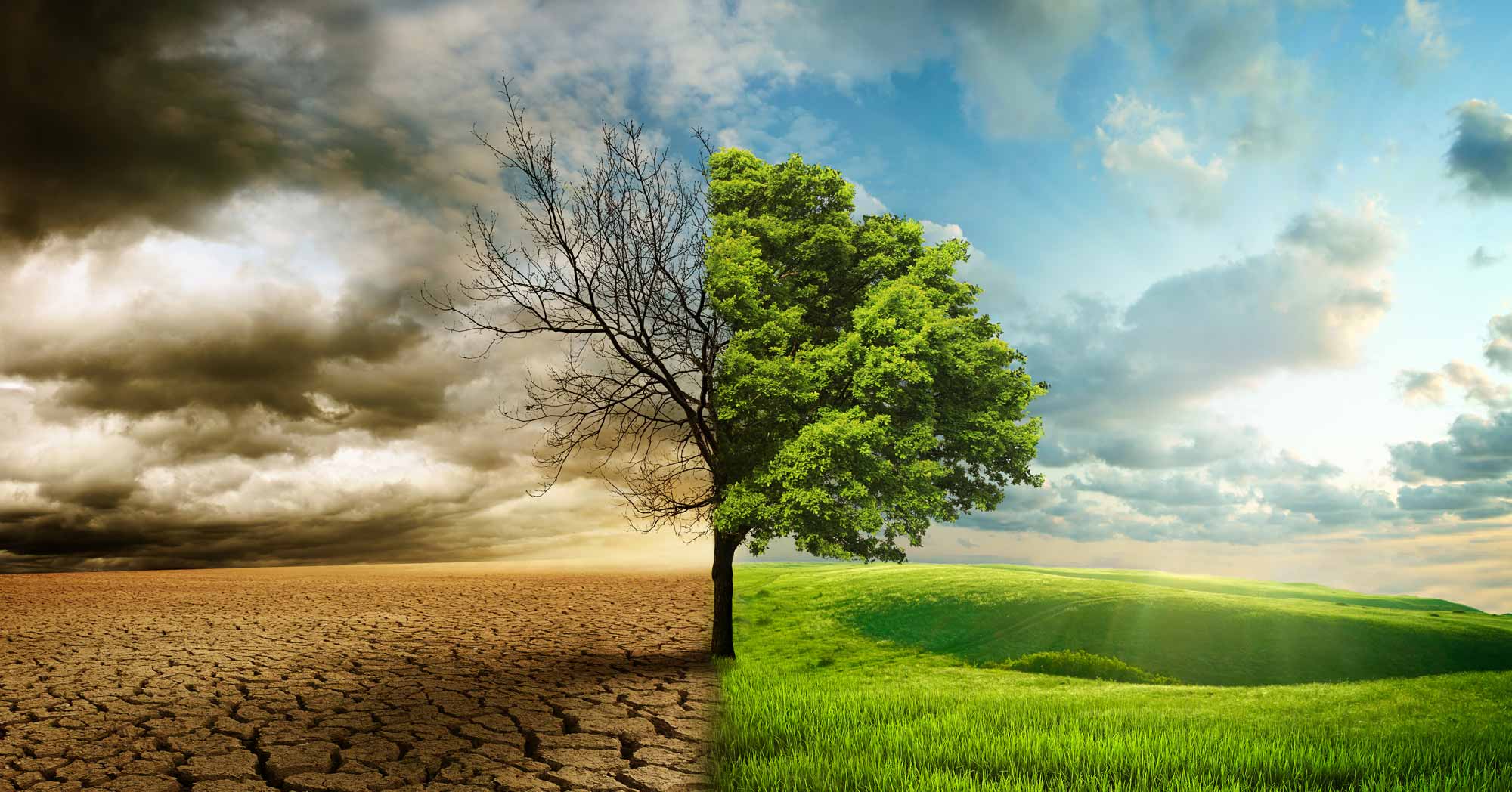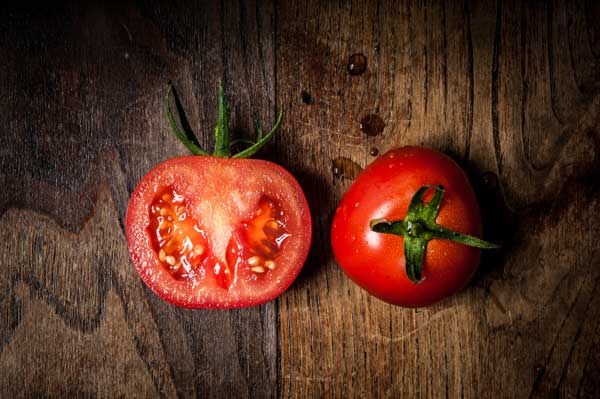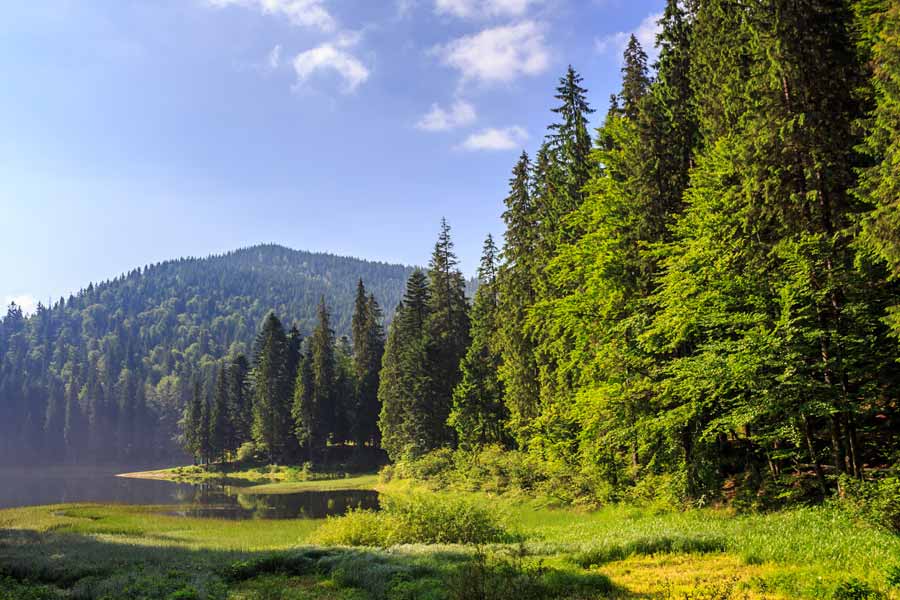
Net Positive: Making the World Measurably Better
Although some products are greener than others, almost everything that you consume ultimately takes away from the environment. Even what we usually think of as “green” products usually have a measurably negative impact on nature.
Let’s say that you need a tomato. Luckily, I can sell you one! It grew in my home garden, so it’s fresh, local produce. I’ll put it into a paper bag for you and you drive home as the happy owner of a plump and juicy tomato. Sounds pretty green and sustainable, huh? Surely, this transaction didn’t leave the world worse off? Well, I have bad news for you.
In order for my tomato to grow, it needed water, soil and nutrients. It needed work. It also needed some pesticides (natural or otherwise), the production and transportation of which caused some emissions somewhere. And how about that paper bag that I put the tomato in? At some point somewhere, a tree was cut in order to make that paper bag (and many like it). I don’t know the details because I just bought the bag in a shop. But maybe it came from China, it surely was cheap. That’s a lot of transportation miles for a paper bag. And speaking of transportation, you just drove all the way here (and back) to buy a tomato!
My point is, if we calculate everything that went into the growing, packaging and getting that tomato into your kitchen, at the end of the day the world was indeed left a little worse off because of our transaction. Fewer resources left, more pollution in the atmosphere.
Yet, you needed that tomato. If we don’t consume things, we quite literally die. And you already did the good thing by buying a local tomato, rather than something transported across half the globe and wrapped in plastic – and who knows what else – to keep the tomato palatable. Just think about the negative effects that tomato has on the environment!

I’m sure you get the gist. In order to live, we must make and use things. But in the end, very few products are objectively good for the environment. Even most of the renewable ones that we traditionally think as positive forces actually take away from nature and put more pollution into the atmosphere.
This is a problem. In fact, it is the problem that we are facing globally. Just last week, we passed this year’s Earth Overshoot Day and we have now more than consumed this year’s renewable resources. For the rest of the year, we will be using next year’s allocation. Unfortunately, we have been overusing the planet in this way for almost half a century already, so strictly speaking we are currently using resources that would have belonged to our children, decades from now.
Something needs to change in how we produce and consume things.
What if we could consume in a way that didn’t deplete, but actually increased our natural resources and global well-being?
The Net Positive Way
Net positive is an emerging concept that pledges to put more back into the environment and society than it takes out. On a basic level, for every net positive product sold, the world becomes a better place. And not just in some abstract and worthless marketing message kind of way. Measurably so.
The thinking starts with the fact that in order to make something, you need to consume natural resources. Nothing, after all, can come from nothing. This makes you net negative out of the gate, but by how much? The devil is in the details. You have to measure everything that you use and create when making your product, in materials, transportation, energy consumption, packaging, delivery, and everything else related to whatever it is that you are doing and where it is going. This is not an easy task to do, but once you have done it, you know exactly how net negative your product actually is.
Next, you ask yourself: how can I make this number smaller? How can I minimise the harm that I do to the environment? You select materials that are more eco-friendly, minimise your transportation needs by using local suppliers, look for low-energy manufacturing solutions, that sort of thing. This is not a question that you answer just once either, it’s something that you will return to over and over again for as long as you manufacture the product. There is always room for improvement.

Don’t get me wrong, this is certainly not easy. To give you an idea, here at Tales by Trees we have spent the last six months working on and refining calculations for our first product, the Seed, which will become available in December. For our calculations, we use both carbon footprint measurements as well as a model called the ecological rucksack which allows us to calculate the total quantity of materials that were used, moved or disturbed when making our product. To minimise our impact on the environment, we use only sustainable wood resources and elsewhere have done our best to use as eco-friendly materials and transportation methods as possible. For the sake of transparency, we will make our calculations public as soon the last remaining puzzle pieces have locked into place and we have confirmed that our figures are as water-tight as possible.
So, it isn’t easy, but let’s say that you have now done your best (for now) to minimise the harm that you cause on the environment, and you know how net negative your product is. The next question is: how can I create as much good in the world as is the harm that I am currently causing? If you thought counting your negative impact was hard, this is even harder. If you cut down a tree, you can of course plant a new one. But obviously that new tree is not going to be exactly equal to the cut tree. The subject of compensation quickly becomes very complex. What can be compensated and how? What time frames should I be considering? Where do I get the relevant and accurate data? How do I account for things that are not under my control?
Ultimately, while the number of details becomes almost overwhelming, there are two basic guidelines. One: You calculate everything by using the most up-to-date scientific models available and you strive for transparency. Two: There are certain things like unique natural resources that you can never replace. You simply cannot use something like an old-growth forest and expect to be able to compensate for the loss in biodiversity within a reasonable timeframe. You should never use those resources. Ever.
Once you know how to compensate for the harm that you are causing, you know how to get to the zero-level. But getting back to zero is not yet net positivity. You need to go beyond. So, you look for ways to give even more back to the nature. One way of doing this is overcompensating. Let’s say that instead of planting one tree for each tree cut, you plant ten. Or a hundred. The more you can do, obviously the better. But just like any other business, you also have to take business realities into account in order to stay in operation. When a net positive business fails, it stops generating its net positive impact on the world.
As an example of overcompensation, for the Seed we have calculated that we will be able to plant over a thousand new trees for each tree cut because of us. In addition to this, we will be able to conserve existing forests so that they won’t be cut or otherwise harmed, and can instead continue to grow and increase in biodiversity. These acts, combined with carbon-neutral door-to-door delivery and other actions, will far more than compensate for our production’s impact on the environment, making our product environmentally net positive.

Net positivity is a lot of work. But the reward is that it truly makes the world a better place.
A Positive Future
Perhaps one day nothing that we consume actually harms the environment. On the contrary, our consumption will only strengthen the world around us.
If and when this happens, maybe also the meaning of the Earth Overshoot Day will change. Instead of standing for the date when we run out of renewable resources for the year, it will mark the date when we have created enough additional renewable resources to double what we need. Rather than needing almost two Earths to satisfy our demand like now, we will need less than half. The planet as a whole will be better off because of it.
It is a beautiful idea, although still a way off in the future. Getting there won’t be easy and it will require a major change in our production and consumption habits. But it is a reachable goal with a net positive mindset.
Some further reading:



